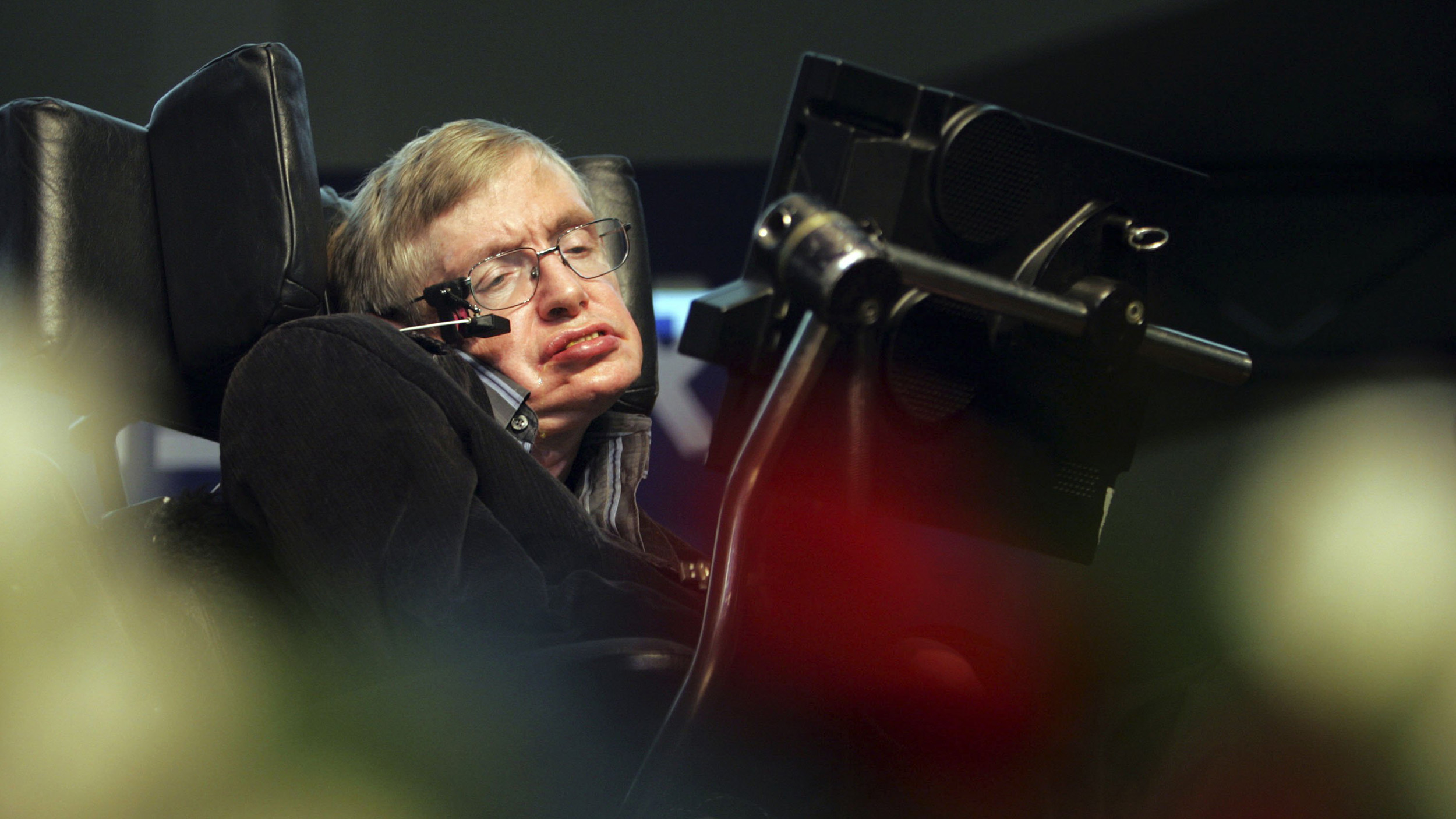Daniel Koretz has seen a steady trend toward arbitrarily high graduation standards even for kids with cognitive disabilities.
Daniel Koretz:
We started down this road in the early 1970s when a number of states started imposing what were then called minimum competency tests. These were very easy tests basically aimed at 10 or 15% of the school age population, not the rest, to ensure that kids at the bottom of the distribution had basic skills that policy makers thought they needed to go out and do some work. The assumption was that most kids are passed, most kids did. One statistician who worked on this issue at the time said that if the failure rate got above 12%, it was time to go back to the legislature. This lasted about 10 years, little less, it really swept the country. By the end of 1970s, a lot of states were doing this. In the 1980s, there was a somewhat diffused change state by state in several ways. First of all, there was a growing interest in holding educators in schools accountable rather than kids or in addition to kids, which was a fundamental change. There was a growing discomfort with holding people accountable only for very easy tests. There was a notion that we ought to be setting the bar higher. And so, states began to experiment with ways of holding schools accountable. It took about 10 years, but by the early 1990s, we were beginning to see the kinds of things that now [sharpened] No Child Left Behind. So for instance, by 1992, Kentucky, which I’ll use as one example, put in place a policy that rewarded and punished schools for changes in test scores, which is the lynchpin of No Child Left Behind. They didn’t do it quite the same way the No Child Left Behind does. But all schools were given targets. The targets were just as today’s are completely arbitrary. The time to reach those targets was also arbitrary, it was… in that case, 20 years rather than the current 12. And then, every school received either rewards or punishments depending on how much better than expected or worse than expected [perform] in test scores. By the time No Child Left Behind was passed, the majority of states had something like that in place. About half the states had so-called high school exit exams, a test that kids had to pass in order to get diplomas, though that constantly shifted. A state would get close to the jumping off the diving board and say, “Whoa, whoa, whoa, we’re going to fail too many kids,” and they back off. And another state would go forward. But, typically, it was about half the states that had either a policy in place or one planned. So, all of that was basically ready to go when George Bush came to office. What he did was cobble together policies that states had been building for about 10 years and add a few wrinkles. And some of those wrinkles seem really arcane but they turned out to be very, very important. One of them which really does sound [esoteric] is that the typical state system of this sort set a target by 2010, 2020, you’re going to be up here. And your school, whatever your school was, would have to go up on a straight line. Every school would have a straight line from its starting point to the target. This was already fairly draconian because it meant that lowest the performing schools, which often face the most difficult obstacles to improving, had to improve the fastest. [It’s kind of] I think backwards but it was just the assumption that they would improve faster. What No Child Left Behind did was to abolish school’s specific targets. The targets are set statewide. The rate of progression required to go from starting point to 100% proficient is a statewide target and every school has to be on that line. So now, if a state had high standards, low performing schools had to make a huge initial jump in performance, which is an invitation to inappropriate test [prep] and inflating test scores because very few people… I’ve taught virtually everything from 4th Grade to doctoral students so I’ve a fair feeling for what it takes to improve teaching. I don’t know anyone who can generate dramatic gains year after year after year. It takes time. And we told schools they didn’t have time. One Congressional aid who used to be an intercity teacher in Philadelphia said at the meeting last year the No Child Left Behind, the reauthorization for No Child Left Behind was on the table, said rather plaintively, she said, “I know what we should do. But we don’t have time to do that because we can’t generate rapid enough gains that way. So isn’t it better that we use simple test [prep] now rather than doing nothing?” Well that was an enormous mistake in the part of the authors of the bill. The other thing the bill did is to impose very draconian standards for the teaching of kids at the lower end of the distribution. And this is, politically, a very, very touchy topic. For generations, the American educational establishment didn’t really want to look at inequity. And one of the, in my view, positive aspects of No Child Left Behind is it culminated a process that brought on for 30 years of paying more attention to inequities. And the logic of No Child Left Behind is that inequities have to be gone away with, which will be fine if we actually had the political will to do that, I don’t think we do. But if we did, the problem is that even if we had an egalitarian educational system, and for that matter, even if we had an egalitarian society, kids differ. If you look at really homogeneous countries that have highly effective and equitable educational systems like Japanese schools through middle school, you find that they too have an enormous variation of student achievement. Our policy currently does not allow for that. All kids, virtually all, have to reach the same high level. And it includes, if you read the regulations carefully enough, even students with mild cognitive disabilities, it’s, I think, an unreasonable policy. I think, in some ways, it’s a very cruel policy. Ironically, the goal is to help kids at the bottom, but in some ways, it’s very cruel to kids at the bottom.





